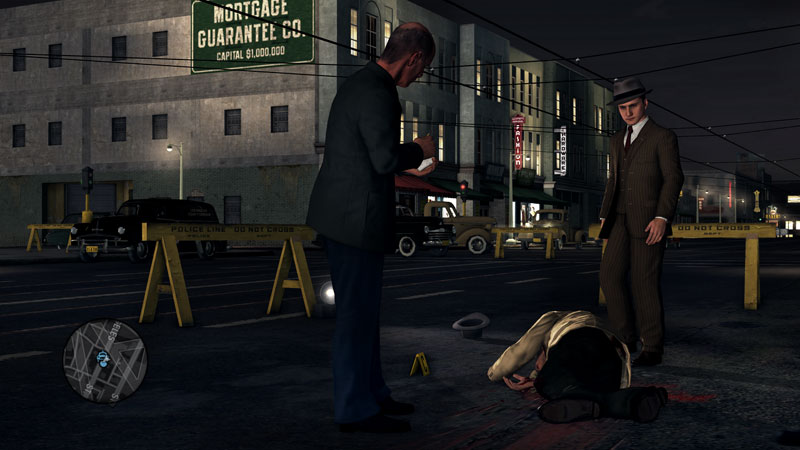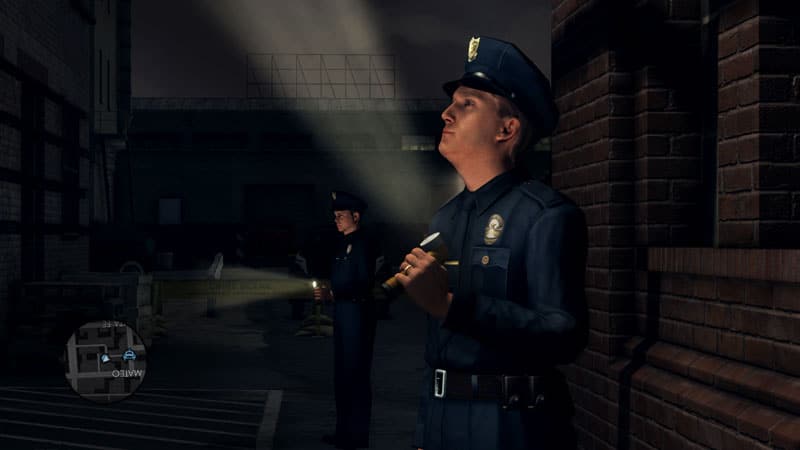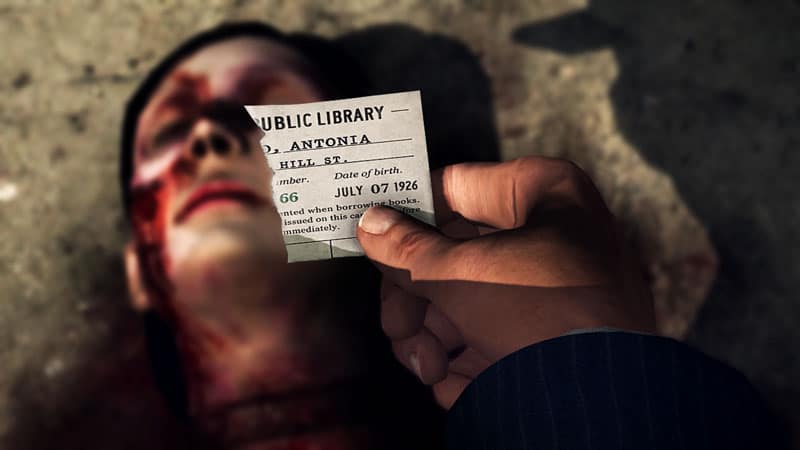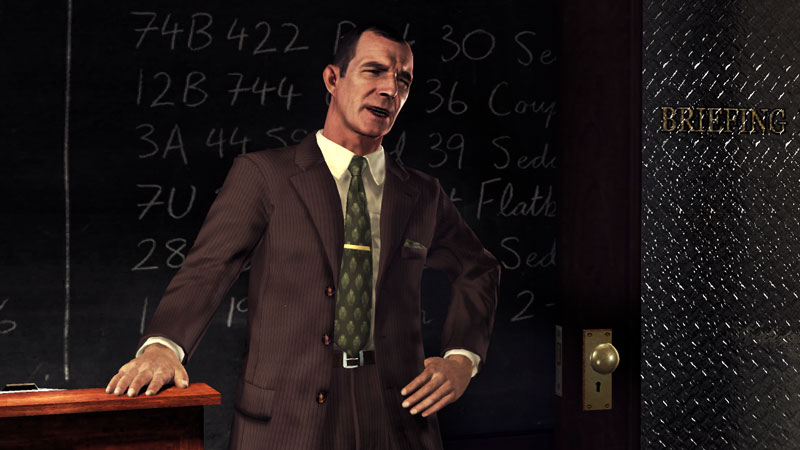Falling just short of greatness, or just a good game?
L.A. Noire gets to pick only one of these, and by the end of this review, we would know. Much like its story, the game itself was shrouded in mystery ever since it was announced. Team Bondi was building a bomb; a game the likes of which no one had ever seen. At times, we were ready to give up on it as vapourware, but it pulled through, and Team Bondi has most definitely delivered on its promise. L.A. Noire really is like no other game out there, but is that enough?

The world of L.A. Noire does a convincing job at a time warp to Los Angeles in the 1940s, just after the heroes returned from the great war. The player follows the story of one of the returning heroes, Cole Phelps, a decorated war hero, who joins the Los Angeles Police Department to smite any wrong-doers with his righteous notebook. The story, heavily inspired by classic noir and even some newer works such as L.A. Confidential, is the shining star of the game, even if it takes a bit of time to pick up. Backed by some interesting characters and solid writing, the game is powered by the MotionScan technology, which brings to life even the slightest of changes in facial features while a person is talking. Not only does this make the characters look more lifelike and real than any other game, but also has a tangible impact on the gameplay.
Starting off as a beat cop, the player must solve cases to rise up the ranks of the LAPD. Each case, depending on the Phelps’ current department, begins with a crime scene. In fact, the gameplay of L.A. Noire can be classified into three distinct parts: the crime scene, the investigations, and, for the lack of better nomenclature, all the ‘video-gamey stuff’. L.A. Noire does a fantastic job at the first two. Crime scene investigation, usually the first task in any case, involves scanning for clues that are later used in investigations. The player must walk around and look for relevant items and clues, which would contribute to building a case. All clues, locations and persons of interest are recorded into the Phelps’ notebook, and can be referred at any point of time. Crime scene investigations often include, and in other cases, inevitably lead to interrogations of witnesses and suspects.

During interrogations, the player has three options to every response from the NPC. The player can choose to believe him or her, express doubt over the response, or flat out dismiss it as a lie. The accusation of lying must be backed with corroborating evidence as proof. Only one of three options is correct, and picking the right one often opens up new leads or reveals additional information. These interrogations form the meat of the game, and rushing through them can often lead to disastrous consequences. Team Bondi has to be commended for not copping out and making them easy. The player must thoroughly search every crime scene to make sure he doesn’t miss out on a vital clue, review all evidence carefully while investigating, and keep an eye out for the subtle changes in body language, tonality and expression while picking their responses. To help them on their way, players can earn intuition points, which can be spent during investigations to reveal the location of all clues at a location, to remove one of three options, or to check how other players who have played the game dealt with a particular response. These intuition points, however, are rare and must be used carefully. For the most part, the player is on his own.
So while Phelps has all the necessary tools to be a fine detective, the same can’t be said for the rest of his skills, thanks to some poor design decisions. I am talking, of course, about the aforementioned ‘video-gamey stuff’. As an open-world game, L.A. Noire fails to deliver in every aspect that is the bread and butter of sandboxes. The driving is painful to the point that I mostly used my partner to drive the car, and the shooting mechanics are mediocre at best. On many occasions, the player must chase another character on foot. The task here is mostly to steer, with Phelps performs all the jumps and climbs automatically. But due to some wonky hit detection, what should be a thrilling chase is often punctuated with brief moments of irritation.

The other critical element of sandbox games, the side missions, are forgettable as well, primarily because they utilise the above mentioned gameplay mechanics rather than investigations. There are a number of collectibles scattered around the city in the way of landmarks, vehicles and golden reels, but most players won’t bother with them because of how engrossing the main story is. All this makes one wonder if L.A. Noire would have been a better game had it been linear. Team Bondi has done a fantastic job at recreating 1940s Los Angeles, and the authenticity of the mannerisms, fashion and the soundtrack, among other things, goes to show the amount of research put in, but it’s mostly lost as you track down one criminal after another in a gripping overarching narrative.
Graphically, L.A. Noire walks hand-in-hand with the best open world games, which is quite a task considering how huge the map is. There were a few glitches, and a bunch of poor textures thrown in here and there, but all that is minor compared to how admirably the game performs without even a hint of slowdown through the 15-18-hour adventure.

Conclusion
By effectively using MotionScan, L.A. Noire has shown how narrative elements can be tied to gameplay in a meaningful way. This in itself is an outstanding feat. But somewhere, Team Bondi got so focused on the groundbreaking elements of their game that they left it a little weak around the foundations. Like Heavy Rain before it, L.A. Noire represents an exciting new direction for gaming. It’s a pity that it could not quite rise up to the calibre of the future it epitomises.




